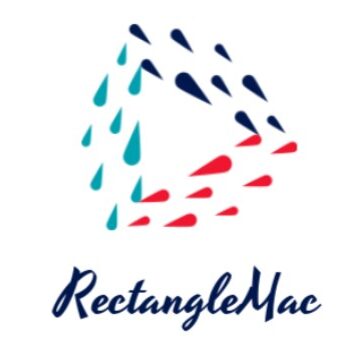Comparing JSON, YAML, and TOML Configuration Formats
Configuration files are the backbone of many software projects, defining settings, parameters, and other crucial data. Choosing the right format can significantly impact readability, maintainability, and overall workflow. Three popular choices stand out: JSON, YAML, and TOML. This article delves into a detailed comparison of these formats, helping you determine which best suits your needs.
JSON (JavaScript Object Notation)
JSON, a lightweight data-interchange format, is renowned for its simplicity and widespread adoption. Its human-readable nature makes it easy to understand and work with. However, JSON’s strict structure can become verbose and less readable for complex configurations.
- Strengths: Widely supported, lightweight, fast parsing, simple syntax.
- Weaknesses: Lacks comments, can become verbose for complex configurations, no support for inline tables.
- Best Use Cases: Data exchange between systems, simple configurations where readability isn’t paramount.
YAML (YAML Ain’t Markup Language)
YAML, known for its human-readable syntax, uses indentation to represent structure. It supports comments, making it ideal for complex configurations where clarity and maintainability are crucial. Compared to JSON, YAML often requires fewer characters to represent the same information, leading to more concise files.
- Strengths: Human-readable, supports comments, concise syntax, handles complex data structures well.
- Weaknesses: Indentation-sensitive (errors can be tricky to debug), slightly slower parsing than JSON, less widely supported than JSON in certain environments.
- Best Use Cases: Complex configurations, situations requiring extensive comments, projects prioritizing human readability.
TOML (Tom’s Obvious, Minimal Language)
TOML, designed for configuration files, prioritizes simplicity and ease of use. It features a straightforward syntax with minimal quirks. TOML offers a good balance between human readability and machine parsability. Its hierarchical structure makes it well-suited for managing complex settings.
- Strengths: Simple and intuitive syntax, clear structure, supports comments, good balance between human and machine readability.
- Weaknesses: Less widely used than JSON and YAML, might not be the most suitable choice for extremely complex configurations.
- Best Use Cases: Projects that require a balance between simplicity, readability, and maintainability; configurations where clarity is a major concern.
Feature Comparison Table
| Feature | JSON | YAML | TOML |
|---|---|---|---|
| Readability | Good | Excellent | Excellent |
| Syntax | Strict | Indentation-based | Simple, key-value pairs |
| Comments | No | Yes | Yes |
| Data Types | Limited | Rich | Rich |
| Parsing Speed | Fast | Moderate | Moderate |
| Widespread Support | Excellent | Good | Moderate |
Choosing the Right Format
The ideal configuration format depends on the specific needs of your project. Consider the following factors:
- Complexity of the configuration: For simple configurations, JSON’s simplicity might suffice. For complex settings, YAML or TOML’s improved readability and comment support are advantageous.
- Team familiarity: Choose a format your team is comfortable working with. This ensures efficient development and easier maintenance.
- Ecosystem support: Ensure the chosen format is well-supported by your development tools and libraries.
- Data exchange requirements: If your application needs to exchange data with other systems, JSON’s widespread support is a significant advantage.
Ultimately, the best way to decide is to experiment with each format and see which one best fits your workflow and project requirements. For a deeper understanding of YAML’s features, consider exploring the official YAML specification available here.
By carefully considering these factors, you can select the configuration format that enhances your project’s readability, maintainability, and overall development efficiency.
